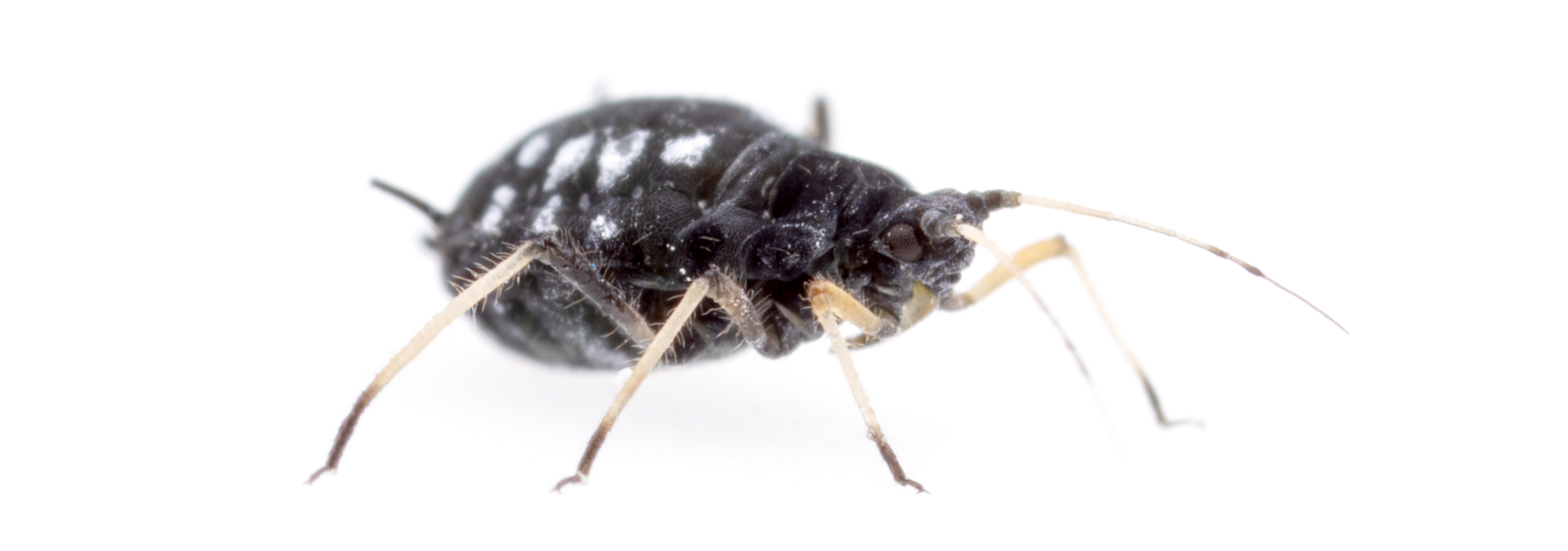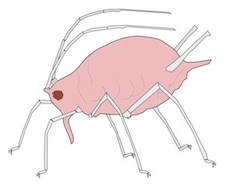Nancy A. Moran
Research
CURRENT RESEARCH
PAST RESEARCH
- Elucidating the molecular bases of species interactions in host-associated bacterial communities
- Role of Gut Microbiota in Honey Bee Health
- Coevolutionary dynamics in an obligate insect symbiosis
- Colonization by a Co-evolved Gut Community
- Dual Obligate Intracellular Symbionts
- Control of Bee Behavior by Stably Engineered Gut Microbial Communities
- Dimensions of Biodiversity: the Gut Microbiota of Bees
- Environmental Genomics of Symbionts in Pea Aphids
- Genomics of Bacterial Symbionts of Plant Sap-Feeding Insects
- Biocomplexity in the Environment
- Bacterial Endosymbiont Diversity in Drosophilla
- Biocomplexity of Symbiotic Bacteria
- Genomic Evolution of Buchnera
- Evolutionary Dynamics of Endosymbiont-Borne Adaption on Aphids
- Molecular Phylogenetics of Sternorrhyncha
- Phylogenetics of Aphids
- Genetically Variable Complex Life Cycles in Heterogeneous Environments
PAST Research Projects

Elucidating the coevolutionary dynamics in an obligate insect symbiosis
(PI is Nancy Moran)
 Many insects, including pest species that harm crops and transmit disease, depend on symbiotic bacteria for survival. This community of symbiotic bacteria, known as the microbiome, lives inside their host's cells and tissues and is passed directly from mother to offspring. These bacteria often benefit their hosts, for example, by producing required nutrients missing from the diet. But symbionts also can undergo genetic changes detrimental to hosts. This project addresses whether and how detrimental evolution of symbionts affects their host insects. The focus here is on one such group, aphids, which attack most of our agricultural crops and require symbiotic bacteria in order to grow and reproduce. The research will be used as a basis for teaching basic biology and genetics to University of Texas undergraduate students, including participants in a large freshman research program. Also, the results will further understanding of a significant group of agricultural pests, potentially contributing to the development of new methods of crop protection.
Many insects, including pest species that harm crops and transmit disease, depend on symbiotic bacteria for survival. This community of symbiotic bacteria, known as the microbiome, lives inside their host's cells and tissues and is passed directly from mother to offspring. These bacteria often benefit their hosts, for example, by producing required nutrients missing from the diet. But symbionts also can undergo genetic changes detrimental to hosts. This project addresses whether and how detrimental evolution of symbionts affects their host insects. The focus here is on one such group, aphids, which attack most of our agricultural crops and require symbiotic bacteria in order to grow and reproduce. The research will be used as a basis for teaching basic biology and genetics to University of Texas undergraduate students, including participants in a large freshman research program. Also, the results will further understanding of a significant group of agricultural pests, potentially contributing to the development of new methods of crop protection.
The experiments address how genetic variation of pea aphids affects their ability to regulate symbiotic bacteria and how genetic variation of the symbiotic bacteria affects their own multiplication within aphid hosts. The researchers measure how variation in symbiont regulation affects aphid growth and reproduction. Experimental genetic crosses of aphids that vary in levels of symbiotic bacteria will be combined with modern DNA sequencing methods to identify the parts of the aphid genome that affect symbiont numbers. In addition, symbiont strains will be transferred between aphid hosts using microinjection, to determine how different symbiont strains affect hosts.
Selected publications
- Moran NA. 2021. Microbe profile: Buchnera aphidicola: ancient aphid accomplice and endosymbiont exemplar. Microbiology (Reading). 167(12). doi: 10.1099/mic.0.001127
- Smith TE, Lee M, Person MD, Hesek D, Mobashery S, Moran NA. 2021. Horizontal-acquisition of a promiscuous peptidoglycan-recycling enzyme enables aphids to influence symbiont cell wall metabolism. mBio. 12(6):e0263621. doi: 10.1128/mBio.02636-21
- Perreau J, Zhang B, Maeda GP, Kirkpatrick M, Moran NA. 2021. Strong within-host selection in a maternally inherited obligate symbiont: Buchnera and aphids. Proc Natl Acad Sci U S A. 118(35):e2102467118. doi: 10.1073/pnas.2102467118
- Schepers MJ, Yelland JN, Moran NA, Taylor DW. 2021. Isolation of the Buchnera aphidicola flagellum basal body complexes from the Buchnera membrane. PLoS One 16(5):e0245710. doi: 10.1371/journal.pone.0245710
- Li Y, Zhang B, Moran NA. 2020. The aphid X chromosome is a dangerous place for functionally important genes: Diverse evolution of Hemipteran genomes based on chromosome-level assemblies. Mol Biol Evol. 37: 2357-2368. doi: 10.1093/molbev/msaa095.
- Smith TE, Moran NA. 2020. Coordination of host and symbiont gene expression reveals a metabolic tug-of-war between aphids and Buchnera. Proc Natl Acad Sci U S A. 117: 2113-2121. doi: 10.1073/pnas.1916748117.
- Zhang B, Leonard SP, Li Y, NA Moran. 2019. Obligate bacterial endosymbionts limit thermal tolerance of insect host species. Proc Natl Acad Sci U S A.116: 24712-24718. doi: 10.1073/pnas.1915307116.
- Li Y, Park H, Smith TE, Moran NA. 2019. Gene family evolution in the pea aphid based on chromosome-level genome assembly. Mol Biol Evol.36: 2143-2156. doi: 10.1093/molbev/msz138
- Chong RA, Park H, Moran NA. 2019. Genome evolution of the obligate endosymbiont Buchnera aphidicola. Mol Biol Evol. 36:1481-1489. doi: 10.1093/molbev/msz082
- Chong RA, Moran NA. 2018. Evolutionary loss and replacement of Buchnera, the obligate endosymbiont of aphids. ISME J. 12: 898-908. doi: 10.1038/s41396-017-0024-6